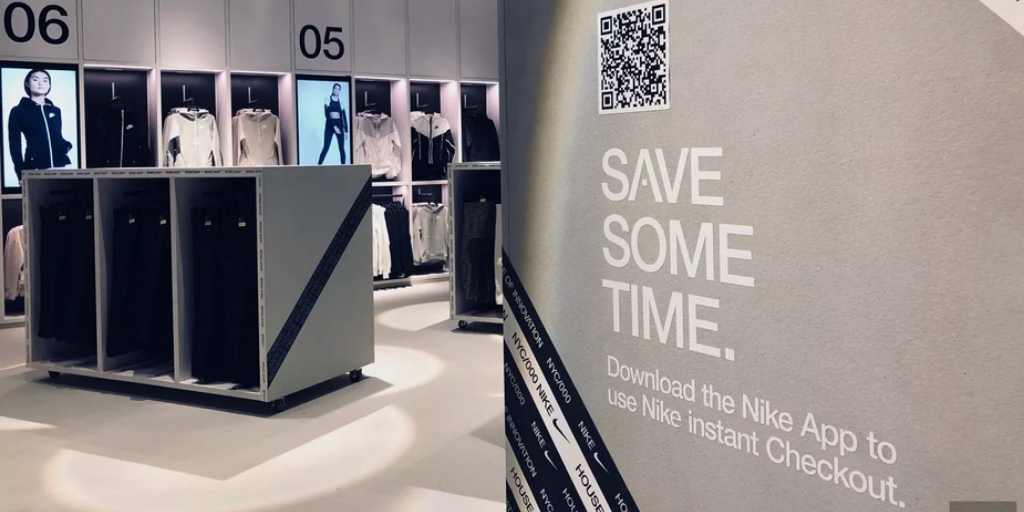
7 Tips for Integrating Online and Offline Marketing
Did you know…? By taking a 360-degree approach to marketing, you can enjoy better results. It’s time to learn about integrating your online and offline marketing…
Digital marketing has become the buzz of the last two decades, and rightfully so. It can catapult brands to stardom with highly targeted advertising and reward businesses with exposure to the right audience at the right time.
Unfortunately, some marketers have taken the movement too far by claiming that if you’re still engaging in old-fashioned offline marketing, you’re setting yourself up for failure. Although we’re strong proponents of digital marketing (if you aren’t online yet, why not?), that doesn’t mean you should abandon your traditional offline marketing methods, especially if they’re working!
The good news is that by integrating online and offline marketing, you can boost your campaigns and dominate each vertical.
Integration is not that simple, however. You’ve got to stay consistent and take a 360-degree approach to get the best results. In this article, we’ll talk about what that means and discuss seven tips to bring your online and offline efforts together to find your ROI-boosting sweet spot.
A Holistic Approach: 7 Ways to Integrate Offline and Online Marketing
Before we get into the mechanics of integrating online and offline marketing, you must first understand what the 360-degree approach is and how it contributes to success. Offline and online marketing are not two distinct entities; they should coexist because they have a common goal—to increase brand awareness and get more leads and sales.
Online and offline marketing have different methods and practices, so when we talk about a holistic 360-degree approach, we aren’t just referring to the actual advertising practices (email vs. snail mail).
So, how do you create cohesion between offline and online marketing when the methods are so different?
Well, are they that different? If you look at your marketing campaigns, there is a common denominator across both—your target audience.
And when those targets are not glued to their phones and computers, they live life, out and about, in the offline world. Integrating online and offline marketing focuses on your target and their needs, which remain consistent, even though your advertising methods might change.
How do you keep your campaigns consistent? By paying attention to the following elements:
- Look and feel
- Messaging
- Logo design
- Colors and style
- Keywords
- Imagery
So, as we discuss these tips below, remember that cohesion and consistency are what unite your marketing, regardless of where it lives. Keeping things consistent will impact your target audience more and increase brand awareness quicker because your messaging will be the same on and off the internet.
1. Use Offline Marketing to Drive Online Sales (and Vice Versa)
Don’t silo your advertising methods. Use your offline advertising to drive traffic to your online properties and vice versa. Here are a few ways to do it:
- Add your website URL to offline promotions.
- Create a QR code in your offline promos so people can scan it and easily get to your website.
- Advertise offline events via your social media profiles.
- Use offline promotions (Giveaways are powerful!) to gather email addresses and sign people up for SMS notifications. (Just ensure you get permission!)
- Promote your website and social media profiles in TV and radio advertisements.
- Promote in-store events on social media to increase foot traffic and highlight in-store customer experiences.
- Include your social media profiles and website on your business cards.

2. Take User-Generated Content Offline
User-generated content is not just for Instagram images and promotions. When you get your users’ permission to use their images, the sky’s the limit on what you can use them for.
Take these images offline and use them in your newspaper and TV commercials, along with pamphlets and flyers.
Tip: Check your Instagram analytics to see which user-generated content garners the most engagement. Use the high performers in your offline advertisements and assets.
3. Boost Offline Efforts with Online Data
One of the most significant benefits of online marketing is the ability to gather data from your customers on their purchasing behaviors and their journey to your brand.
If you’ve been following our content here at Viral Solutions, you know that we LOVE data-driven marketing because it isn’t reliant on unreliable guesswork and hunches. With sound customer and target audience data, you can increase your chances of WINNING and getting the results you desire.
So, we encourage you to put your online data to good use. Aside from fueling your online promotions, use customer data to enhance your offline promotions. For example, if you know your customers prefer a specific product online, put it in your store window or toward the front of your store to draw customers inside. If your online campaigns reveal that your customers prefer a particular style or type of product, discount those products as part of your promotions to get more foot traffic.
4. Power Offline Marketing with Mobile
The average mobile phone user checks their mobile phone up to 63 times daily, and 86% of Americans go online every day using their mobile devices.
When offline marketers see this statistic, they simply shrug their shoulders and do nothing about it because they think their brick-and-mortar shop will never benefit. But, remember the holistic 360-degree approach?
Imagine this scenario: You own a coffee shop and advertise via flyers, posters, and social media. Congratulations, you are getting comfortable with integrating offline and online marketing.
But what if we told you that you could advertise to customers walking within a specific distance to your cafe on their mobile phones and even promote time-specific deals to compel them to walk into your shop. As they get closer, you can launch your hyper-targeted ads more frequently.
This is how you unite the offline and online world. You take advantage of the mobile usage trends and use them for your offline benefit.
How do you win with mobile advertising? Here’s a great article on how to do it.
5. Increase Brand Awareness—Everywhere!

If you’ve been marketing online for a while, you have likely read about brand awareness more times than you ever wanted to. But it’s rarely discussed as it relates to offline promotions. Yet the reality is that if you have a physical store, your brand awareness campaigns should extend into your offline efforts—otherwise you are chopping up your message.
Your offline brand, promotions, and messaging should be consistent with your online website and social media profiles. There should be no disconnect between the two identities. Don’t run a 15% off promotion in your store and increase it to 20% online during the same period.
How do you keep branding consistent? Use consistent messaging, imagery, and design—from customer receipts and store window displays, to social media profiles and weekly newsletters. When someone views offline or online content put out by your brand, they should know right away which brand it belongs to.
6. Repurpose Your Online Content
Blog content seldom lives only on a blog. Savvy marketers know how to repurpose their best words into media such as videos, quote images, podcasts, infographics, carousel images, and more.
But did you know that you can also repurpose your blog content for your offline marketing? Take that awesome blog content and submit it to publications. Use some of your content in pamphlets and flyers. Or, if your business educates consumers, compile your best content and offer free classes to generate leads. Don’t waste that valuable content—repurpose and reuse!
7. Use Tracking URLs and Unique Landing Pages
One of the drawbacks to offline marketing is that it’s challenging (if not impossible) to determine which ads resulted in sales spikes. If you run a billboard ad, TV spot, and a magazine ad all promoting the same product, it’s impossible to know at a granular level who responded to what ad and why.
To track your offline activity, consider using a tracking URL and/or unique landing page so you can track the effectiveness of your ads. So, for example, if you promote the same offer on a poster and a print magazine, include different URLs (yourbrand.com/offer and yourbrand.com/deal) with each placement. This way, you can keep the advertising campaigns separate and trackable even when promoting the same offer.
Integrating Online and Offline Marketing: What You Need to Know
If you have a physical store and market your products and services online (hopefully you do), be careful not to silo your marketing. Offline and online campaigns should coexist and complement each other. In this article, we discussed seven ways to integrate offline with online marketing:
- Use offline marketing to drive online sales (and vice versa)
- Take user-generated content offline
- Boost offline efforts with digital data
- Power offline marketing with mobile
- Increase brand awareness
- Repurpose your online content
- Use tracking URLs and unique landing pages
Remember that your customers aren’t thinking about “offline” and “online”—they are only evaluating whether to purchase your product. Give them a consistent experience off and on the internet, and you will increase brand awareness regardless of where you advertise. Here at Viral Solutions, we service all types of clients, many with offline and online presences. Due to COVID, many businesses had to learn how to pivot to digital offerings quickly, and we were able to assist them with the process. But, offline marketing is still alive and well. If you want to learn how to market smarter, merge your offline and online marketing, and save marketing dollars in the process, reach out to us here for a free consultation.

